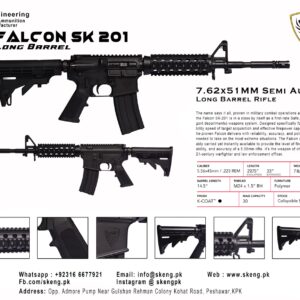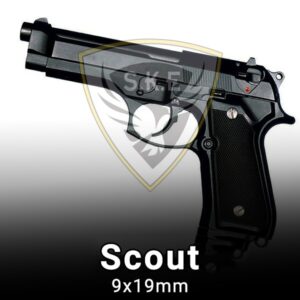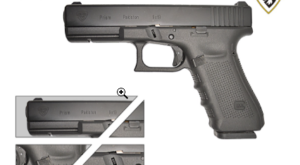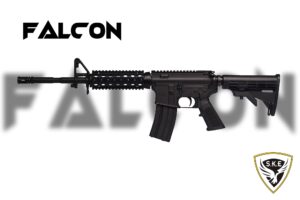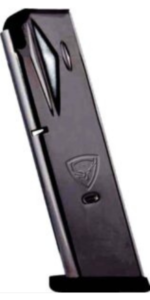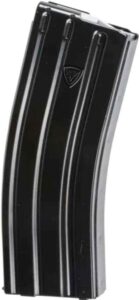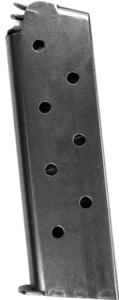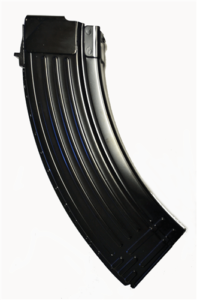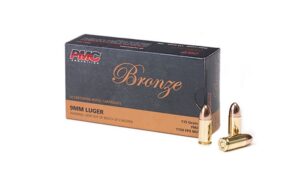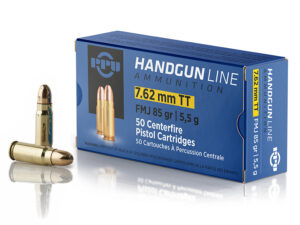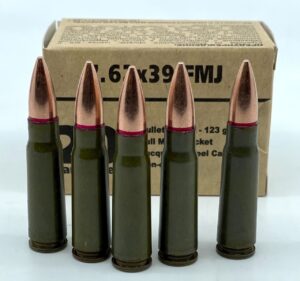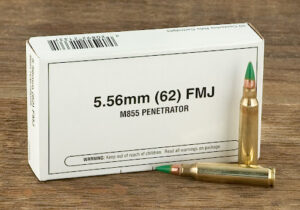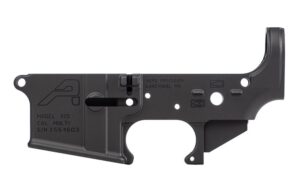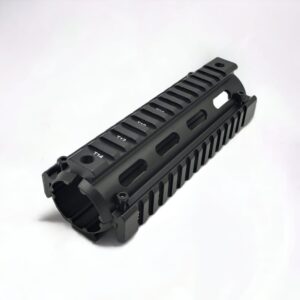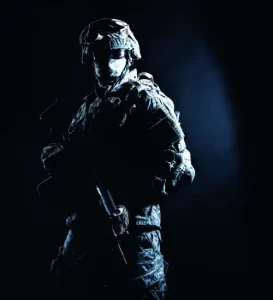Exploring Weapons in Multan's Rich History:
Nestled along the banks of the mighty Chenab River, Multan stands as a city steeped in history and culture, its legacy intertwined with tales of valor, conquest, and resilience. Yet, beneath its vibrant facade lies a narrative often overshadowed by the echoes of its past—the story of weapons in Multan. From ancient arms to modern artillery, the city has been a crucible where the art of warfare has evolved over the centuries. Join me as we embark on a journey through time, delving into the realm of weapons in Multan and uncovering the layers of its martial heritage.
Ancient Arms: Tracing Multan's Military Roots
To understand the significance of weapons in Multan, we must first turn the pages of history to antiquity. Multan’s strategic location at the crossroads of ancient trade routes made it a melting pot of cultures and a coveted prize for conquerors. From the bow and arrow wielded by the earliest settlers to the formidable swords of the Persian and Greek invaders, the city bore witness to an array of ancient arms that shaped its destiny.
The Ghaznavids and the Ghurids, who vied for control over Multan during the medieval period, introduced innovations in weaponry, including the iconic scimitar and the composite bow. These weapons not only served as instruments of war but also as symbols of power and prestige, adorning the arsenals of sultans and warriors alike.
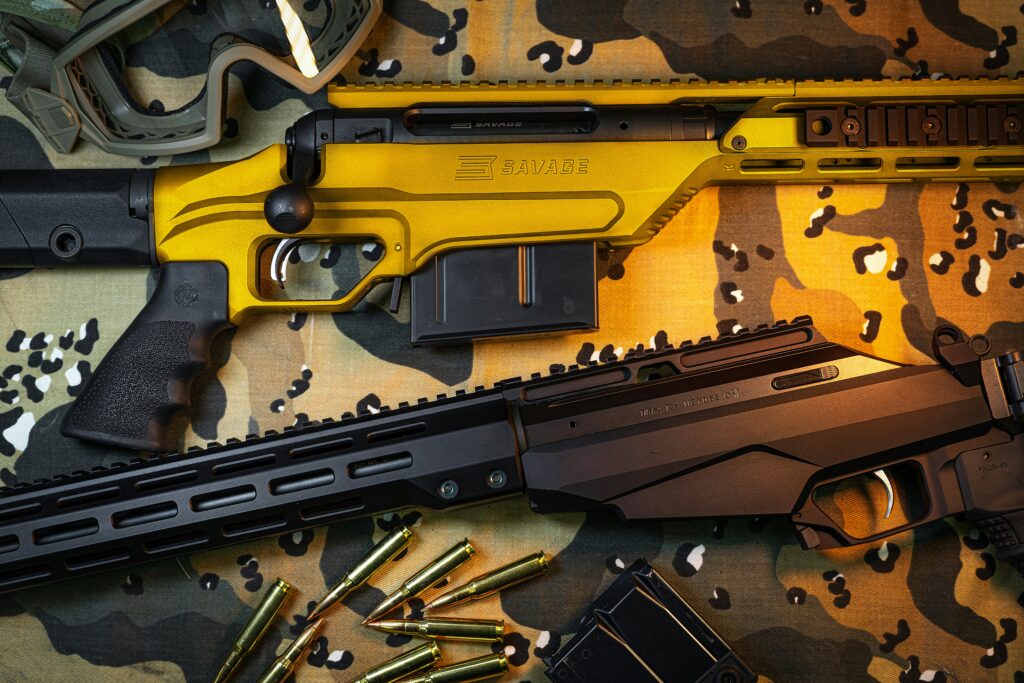
Medieval Marvels: The Age of Empires
Multan reached the zenith of its martial prowess during the medieval period, under the rule of dynasties such as the Delhi Sultanate and the Mughals. As empires clashed and alliances shifted, the city became a bastion of military might, its walls bristling with catapults, trebuchets, and other siege engines.
The Mughal emperors, in particular, left an indelible mark on Multan’s military legacy, introducing advancements in gunpowder weaponry that revolutionized warfare. Muskets, cannons, and matchlocks became the new tools of conquest, reshaping the battlefield and ushering in a new era of firepower.
Colonial Conquests: The Impact of Foreign Rule
The colonial era brought seismic changes to Multan’s military landscape, as the city fell under the sway of foreign powers such as the British East India Company. With the advent of modern firearms and artillery, traditional weapons gradually faded into obscurity, relegated to museums and historical archives.
Yet, even as Multan embraced the technologies of the West, its martial traditions endured, embodied in the valor of soldiers who fought for independence during the struggle against colonial rule. The echoes of their defiance still resonate in the city’s streets, a testament to the enduring spirit of resistance.
Contemporary Context: Weapons in the Modern Age
Today, Multan stands at the crossroads of tradition and modernity, its streets bustling with commerce and its skyline dotted with minarets and skyscrapers. Yet, beneath this veneer of progress lies a city still grappling with the legacy of its martial past.
In an age of globalization and geopolitical upheaval, the significance of weapons in Multan extends beyond mere artifacts of history. From the proliferation of small arms to the specter of nuclear proliferation, the city finds itself entangled in the complex web of global security challenges.
Conclusion:
In the tapestry of Multan’s rich history, weapons emerge as both instruments of destruction and symbols of resilience. From ancient arms wielded by warriors of old to the cutting-edge technologies of the modern age, the city’s martial heritage is a testament to the indomitable spirit of its people.
As Multan continues to navigate the currents of change in the 21st century, it is essential to reflect on the role of weapons in shaping its past, present, and future. For in understanding the evolution of warfare, we gain insights into the complexities of human conflict and the enduring quest for peace in a troubled world.
-
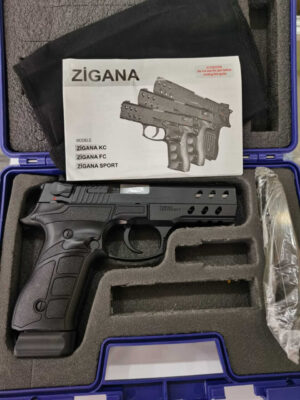
zigana original 9mm pistol price in pakistan
Read more -

Glock 19 Pistol
Read more -

S.K Phantom 30
Read more -
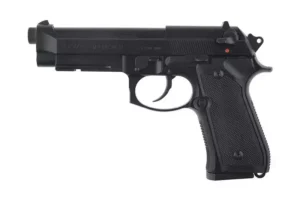
S.K Scout 9×19
Read more -

S.K PRISM 9X19
Read more -
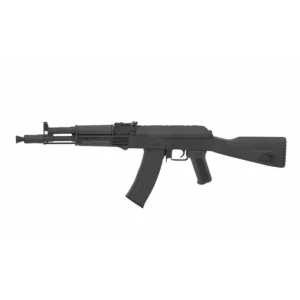
S.K Eagle 223
Read more -
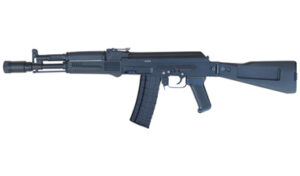
S.K EAGLE 7.62×51
Read more -

S.K Eagle 7.62×51 COMPACT
Read more -

S.K EAGLE 7.62×51
Read more -
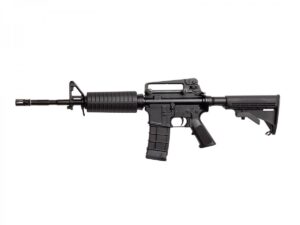
S.K FALCON 5.56×45
Read more -
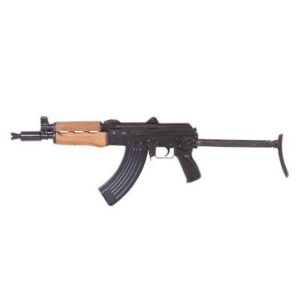
S.K.E Al-Badr 762V3 Compact
Read more -
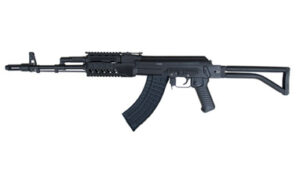
S.K.E Al-Badr 762V1
Read more -
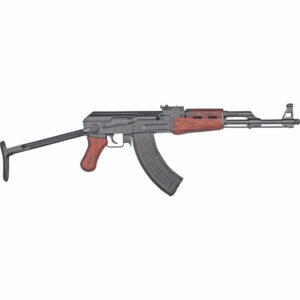
S.K.E Al-Badr 762V2
Read more -

MAG SK 9X19 V1
Read more -
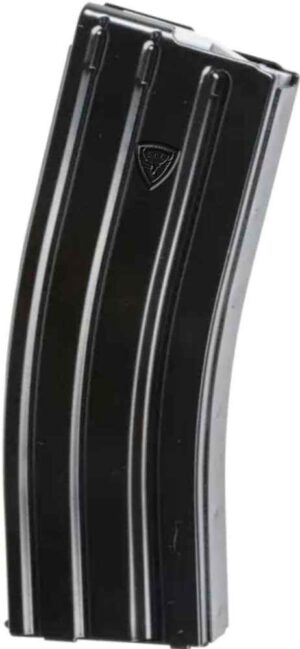
MAG SK 5.56X45
Read more -
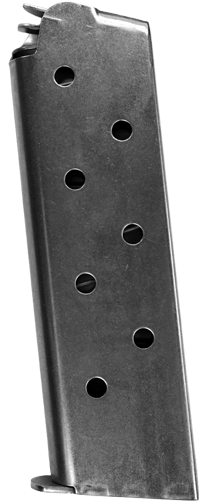
MAG SK 30
Read more


